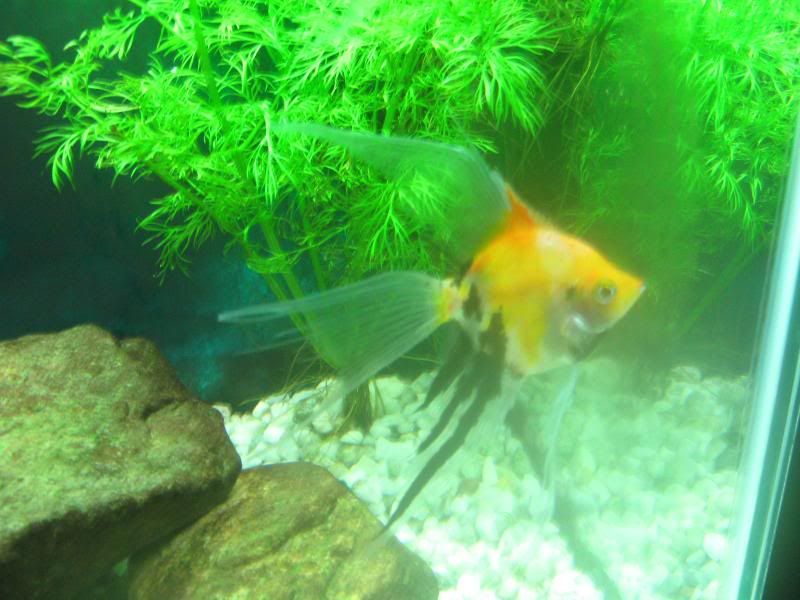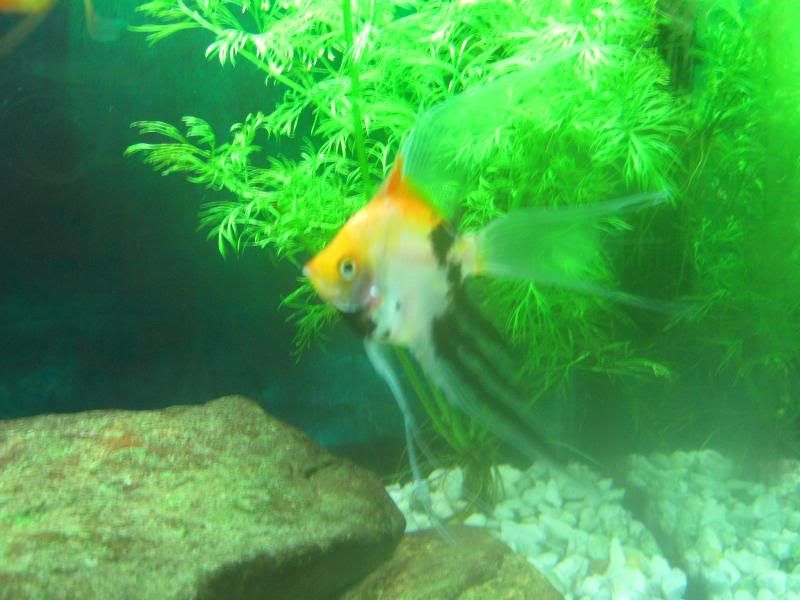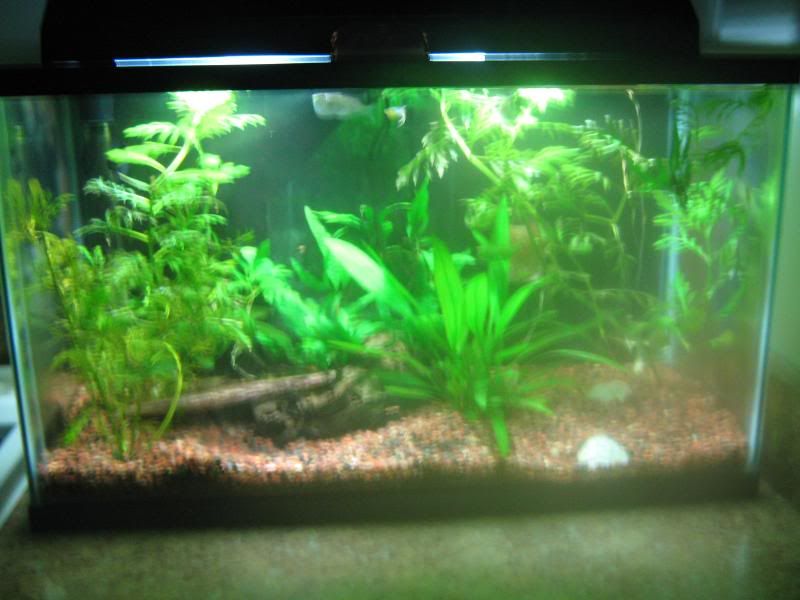Wild-caught vs. tank-raised vs. mass produced on fish-farms: It is not all black/white.
Some environments are actually helped by locals catching their native fish for the aquarium trade. If that vocation were removed, some areas of the world go back to clear-cutting rainforest land for lumber and agriculture.
Those that allow the harvest of their native ornamental fish do not allow any to overharvest as they know that decimating the population means no fish to catch/sell next season.
Just as in the USA, where permits are given to hunt specific species and only during certain months of the year, and bag-limits on number killed and gender, it is the same in the South American aquarium fish trade industry. At some time of year, it is illegal to take certain species, to not disrupt natural spawning times. And instead of a fine or jail, breaking the rules is often dealt with rather harshly, which can include the death of the poacher. No long trials and both sides of the story heard in most cases, as the 'game warden' is both 'judge and jury' and the suspected poacher is at his mercy.
Ever wonder why the 'zebra pleco' is so costly? It can be bred in captivity, and those that sell its offspring are often the only source. Peru limited its trade long ago, and has rarely allowed it to be exported in recent years. Those that were collecting it were overharvesting, so its trade was halted.
Wild-caught fish are not all bad. But it pays to do your research.




